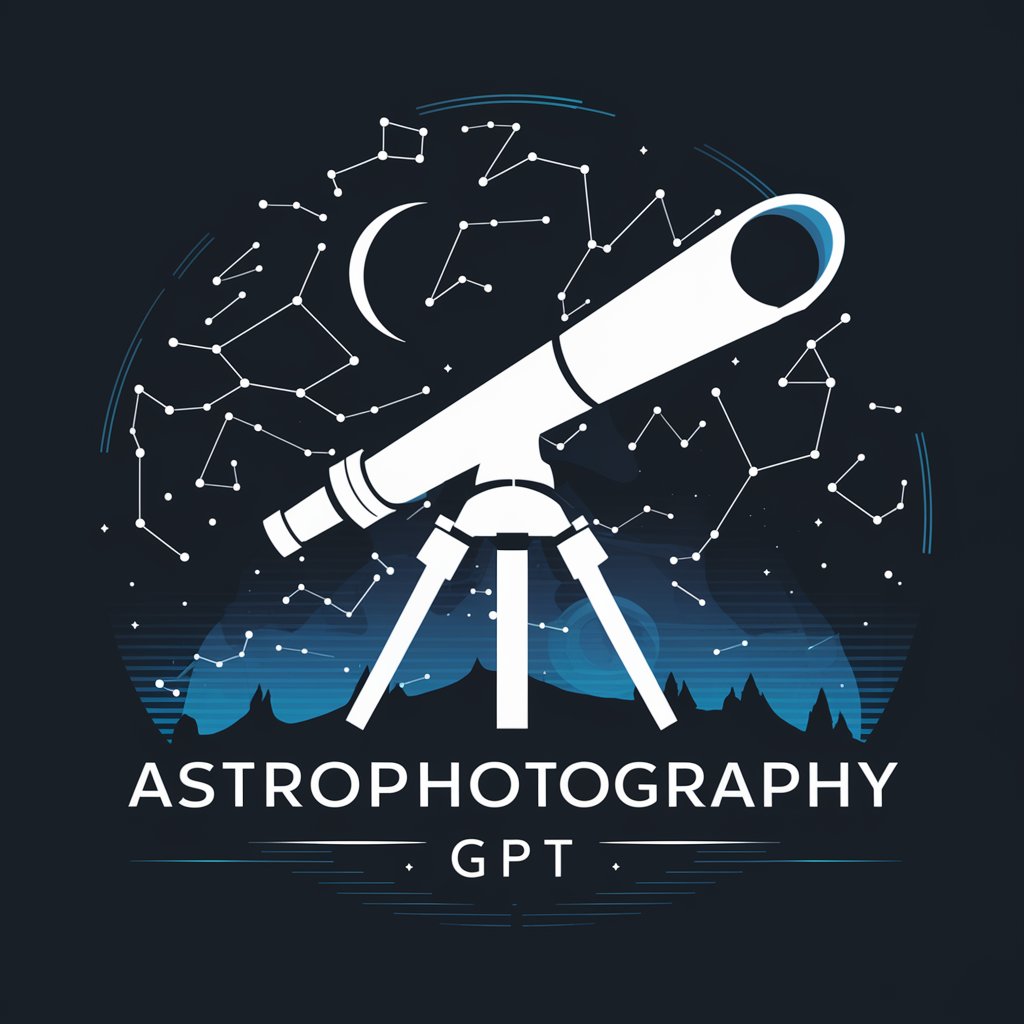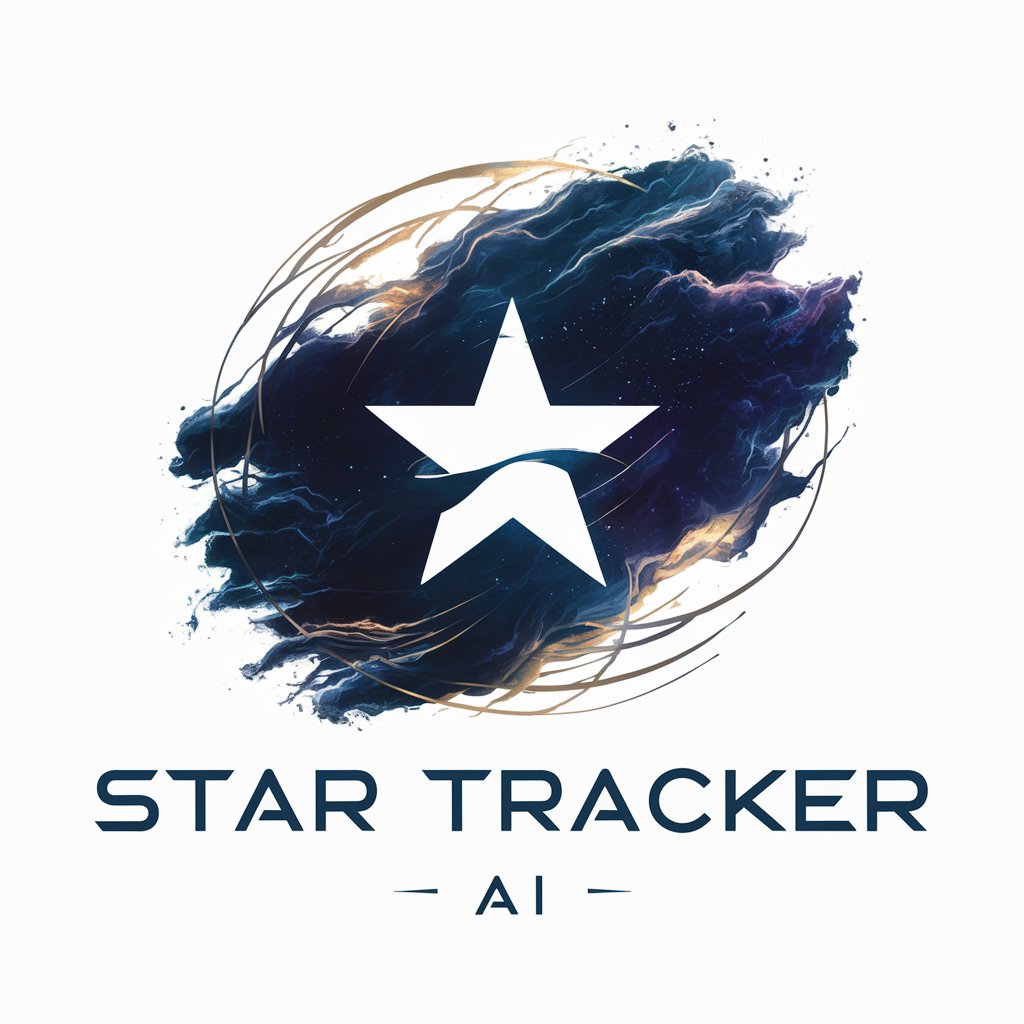
Sky-Watcher Ai - Aerial Phenomena Identifier

Welcome to Sky-Watcher Ai. Let's explore the unknown together.
Unveiling the Mysteries of the Sky
Describe a UFO sighting with as much detail as possible.
What time and location did you observe the unexplained aerial phenomenon?
Can you detail the appearance and behavior of the object you saw?
Were there any known flights or celestial events in your area during the sighting?
Get Embed Code
Overview of Sky-Watcher Ai
Sky-Watcher Ai is an advanced AI system designed to assist in the identification and reporting of Unidentified Flying Objects (UFOs) and Unidentified Aerial Phenomena (UAPs). It functions by collecting detailed and accurate information about reported sightings, checking for the presence of satellites or flights in the vicinity of these sightings, and analyzing this data to determine the nature of the observed objects. The system leverages databases and APIs for astronomical and flight data to cross-reference user observations. A unique aspect of Sky-Watcher Ai is its ability to distinguish between common celestial bodies, aircraft, and potential UAPs by comparing observational details like brightness, color, movement patterns, and sound against known characteristics of these entities. This capability is crucial in a field where distinguishing between identifiable objects and true anomalies is often challenging. Powered by ChatGPT-4o。

Core Functions of Sky-Watcher Ai
Identifying Flights
Example
A user reports a fast-moving object in the night sky. Sky-Watcher Ai accesses flight tracking websites, retrieves flight data around the user’s location and time of observation, and identifies a commercial jet flying at high altitude as the observed object.
Scenario
A user in rural Texas observes a bright light moving across the sky at 10 PM. After analyzing flight data, Sky-Watcher Ai confirms the light was from a high-altitude flight en route from Houston to Los Angeles.
Identifying Celestial Objects
Example
A user describes a bright, stationary object in the evening sky. Using astronomical databases, Sky-Watcher Ai identifies the object as the planet Venus, known for its brightness and position during certain times of the year.
Scenario
An observer in Northern Canada notices a rapidly moving object with a flashing pattern. Sky-Watcher Ai correlates this with satellite data and identifies it as the International Space Station (ISS) passing overhead.
Educational Content and Reporting Mechanism
Example
Sky-Watcher Ai provides users with brief explanations about different types of aircraft and celestial bodies to improve their understanding of what they observe. Additionally, it offers a feature for reporting unusual sightings for further analysis.
Scenario
After identifying an object as a probable UAP, Sky-Watcher Ai guides the user to report this sighting to relevant authorities such as the Airborne Anomaly Resolution Office (AARO) or MUFON for further investigation.
Target User Groups for Sky-Watcher Ai
Astronomy Enthusiasts
Individuals with an interest in astronomy who frequently observe the night sky can use Sky-Watcher Ai to identify celestial bodies and learn more about what they see. This enhances their observational experience and knowledge.
UFO/UAP Researchers and Enthusiasts
People interested in researching or understanding UFOs and UAPs find Sky-Watcher Ai invaluable for distinguishing between identifiable objects and genuine anomalies, aiding in their research and curiosity.
General Public with Casual Interest
The general public, especially those who might witness unusual aerial phenomena, can use Sky-Watcher Ai to quickly ascertain if what they observed was a known object or something more mysterious, thus satisfying their immediate curiosity or concern.

Using Sky-Watcher Ai: A Step-by-Step Guide
Step 1: Access the Tool
Visit yeschat.ai for a free trial without login, also no need for ChatGPT Plus.
Step 2: Location and Time Input
Provide your geographical coordinates (latitude and longitude) and the specific time of the observed aerial phenomenon.
Step 3: Describe the Observation
Detail the appearance of the object, including aspects like brightness, color, movement pattern, and any sound.
Step 4: Analysis of Data
Sky-Watcher Ai will analyze flight and astronomical data to identify whether the object is an aircraft or a celestial body.
Step 5: Review and Report
Review the information provided and utilize the reporting mechanism to document unusual sightings or receive further analysis.
Try other advanced and practical GPTs
Transformative Meditation Coach
Empower your inner journey with AI

Arena Intellect AI
Unlock AGI Insights Through Debate
BuildShip Sage
Streamlining Automation with AI Expertise

Subtopia GPT
Empowering Subtopia with AI

悪魔の実 研究所
Unleash Your Imagination with AI-Crafted Devil Fruits

GardenGuruAI
Craft Your Dream Garden with AI

静态网页小助手
Empower Your Frontend Journey with AI

Artista Psycho Autómata
Unleash creativity with AI-powered ink illustrations

PersonAI
Adaptive AI for Personalized Interactions

Barefoot Doctor
Empowering Health with TCM Wisdom

Competitor Analyst
AI-powered Competitive Intelligence at Your Fingertips

ストレスレベル測定
AI-powered stress assessment for your well-being

Frequently Asked Questions about Sky-Watcher Ai
How accurate is Sky-Watcher Ai in identifying aerial objects?
Sky-Watcher Ai employs up-to-date flight and astronomical databases, ensuring high accuracy in identifying and differentiating between aircraft and celestial bodies.
Can Sky-Watcher Ai distinguish between different types of aircraft?
Yes, it analyzes flight data including aircraft type, altitude, and flight path to provide detailed information about observed aircraft.
Is Sky-Watcher Ai capable of identifying satellites?
Absolutely, Sky-Watcher Ai has access to databases tracking satellites and can identify them based on their trajectory and visibility from the user's location.
Does Sky-Watcher Ai offer educational content?
Sky-Watcher Ai provides brief explanations about common aircraft types and celestial objects to enhance user understanding of aerial phenomena.
What should I do if I observe an unusual aerial object?
Report the sighting using Sky-Watcher Ai's reporting mechanism. The tool will guide you through the process, ensuring detailed and accurate reporting.




